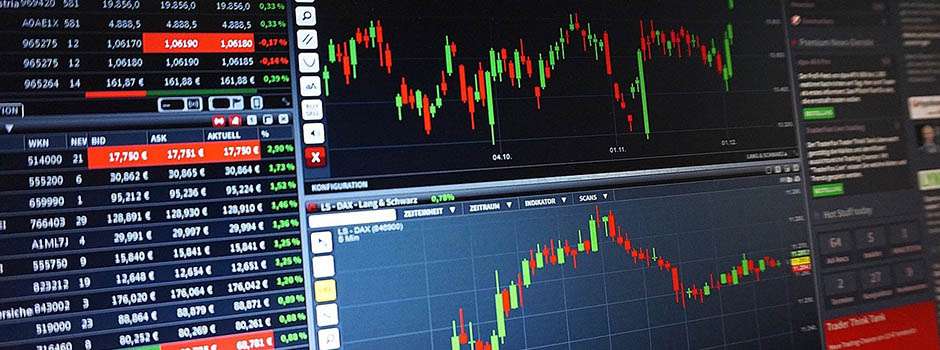Today’s FX trader is not only a currency trader anymore. Forex brokerage houses adapted their offering with products like:
- Commodities: gold, oil, silver, etc.
- Stock indexes: DJIA (Dow Jones Industrial Average), Nasdaq, S&P500, Xetra Dax, CAC40, etc.
- Equity options
Options trading becomes more and popular among Forex traders. And, for a good reason.
Together with the other financial products mentioned above, they offer a great way to diversify a portfolio. We all know the currency market moves in a correlated manner and that the biggest challenge of all is to find out a way to avoid overtrading.
Overtrading appears due to these correlations. For example, let’s assume a significant U.S. Dollar news is due to come out shortly. It may be the NFP (Non-Farm Payrolls), the ISM (Institute for Supply Management) or even an interest rate decision announced at the FOMC (Federal Open Market Committee) Statement.
Retail traders fail into the trap of trading various currency pairs having the U.S. Dollar in their componence. Not that there’s anything wrong with it! But, they trade it in the same direction.
Therefore, not only that they open a trade on EURUSD, but also one on GBPUSD, AUDUSD, NZDUSD, or trade in the opposite direction the USDJPY or the USDCAD. Well, this is overtrading at its best.
Instead of taking one trade, the account gets to be exposed to the same direction for five or six positions. It is like opening five or six trades on the EURUSD, as the other currency pairs will move in a correlated fashion.
How to avoid this? One way is through hedging a portfolio.
Splitting the Funds
All financial markets have a correlation degree. When the Fed raises the rates, typically the stock market suffers, the dollar moves to the upside, and other financial markets like bonds and options experience an increase in volatility.
As such, the Forex trader needs to look at all financial product anyways, before opening a trade. Therefore, the best way to avoid overtrading and the risks associated with it is to hedge the account.
However, hedging a trading account isn’t mandatory to be in a classic way: buying and selling the same position at the same time. Instead, one should split the risk into different assets classes.
Using percentages works best. A typical Forex broker from Australia, for example, offers now minimum four different asset classes for investing. Currencies (Forex), stock indexes and individual stocks in the form of CFD (Contracts for Difference), commodities (gold, oil, silver, etc.), and even options trading or bond buying for the ones looking for a safe return.
Assuming no retail trader is versatile enough to trade all assets, we should consider only the first three major asset classes. As such, the funds in a trading account should be split into three parts, on a 33% basis for each.
Therefore, only 33% of margin is available for Forex trading, the same for stock indexes and individual stocks, and the rest for gold.
However, it isn’t enough. To further divide the risk, consider splitting the amount also among the products within an asset class.
If you like trading only gold, oil and silver for the commodity portfolio, allocate one-third of the 33% part to each. Use the same principle for the other two parts in the portfolio.
This simple approach of splitting a portfolio, in fact, refers to dividing the risk. Or, managing the risk is the primordial thing when trading.
Conclusion
At the end of a period, like a year or half a year, you’ll see that, while using the same approach (trading based on fundamental or technical analysis) the results will look better than before splitting the risk.
It may be that at one moment of time, during a specific month, the commodities performed better than the FX portfolio. Or, that the stocks related part of your portfolio correctly hedged one of the two or even both other parts.
Thus, controlling risk in a trading account avoids unnecessary margin calls.

